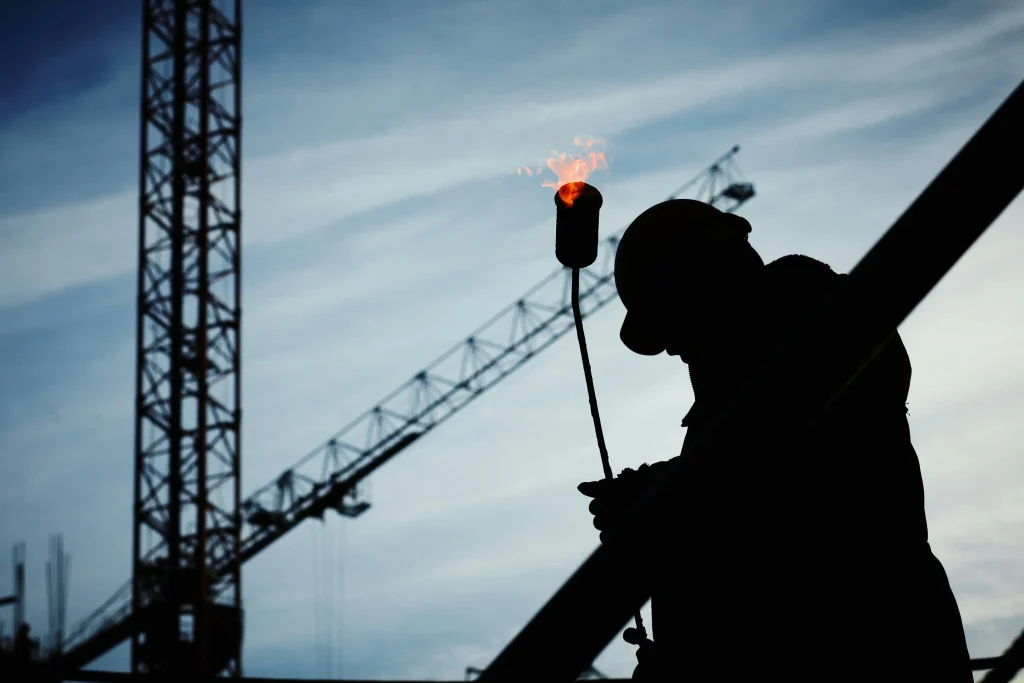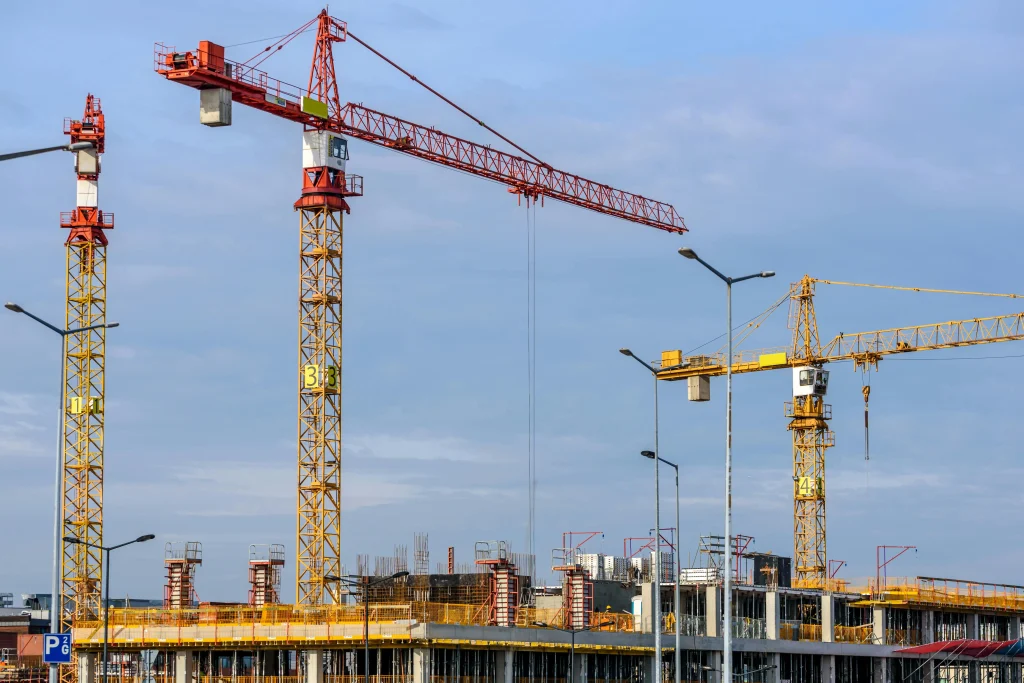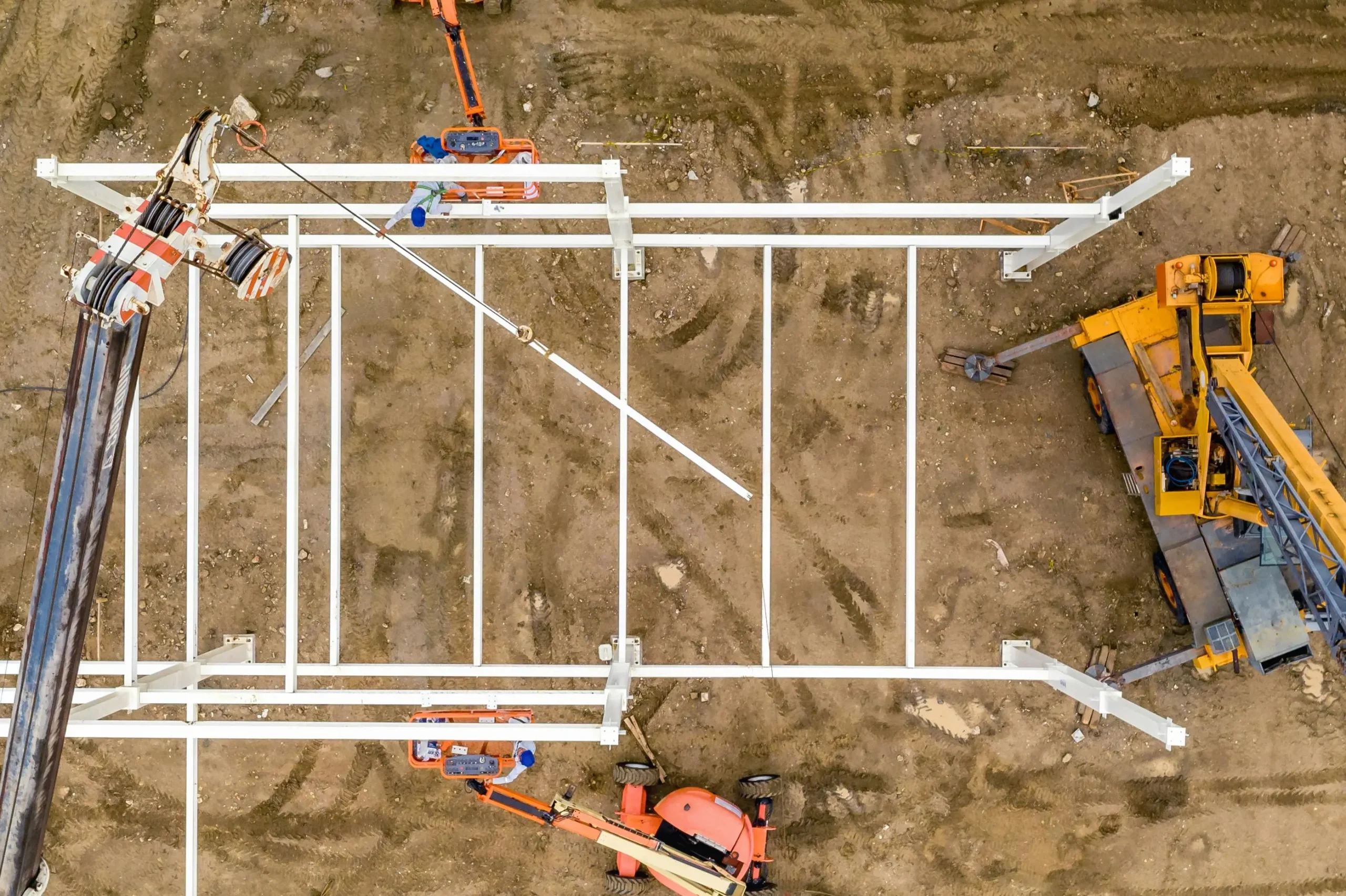Site Engineering and Site Surveying
A site survey is a systematic assessment conducted at a physical location to gather essential information and data about the site. Either It is a house, a commercial building, or an infrastructure development—the very first thing you should do is to conduct a thorough site survey. This survey helps you understand the land, assess any potential challenges, and plan accordingly.
Checklist for Site Surveying
Here is the checklist for Site Surveying;
Topography
Surveyors examine the site’s topography, understanding its contours, slopes, and elevation changes. This information helps architects and engineers plan foundations, drainage systems, and access roads.
Drainage Patterns
Understanding natural drainage patterns ensures proper storm water management. It helps prevent flooding and erosion during and after construction.
Vegetations and Environmental Factors
Surveyors assess existing vegetation, including trees and shrubs. They also consider environmental factors such as wind patterns, sunlight exposure, and microclimates.
Soil Composition
Soil tests reveal the ground’s consistency, bearing capacity, and potential for settlement. This data informs foundation design and construction methods.
Existing infrastructure
Locating gas lines, electrical cables, drainage systems, and other utilities on the site is crucial. This prevents accidental damage during construction.

Step to Site Surveying
Steps involved in site surveying are listed below;
Plan the Site Survey
Define the survey’s purpose (e.g., hazard identification, feasibility assessment). Gather relevant documents (land surveys, zoning maps, utility maps).
Perform a Site Analysis
Collect data on topography, soil, drainage, and vegetation. Consider the impact on the surrounding community.
Label Boundaries and control points
Identify property boundaries. Establish horizontal and vertical control points for accurate mapping and design.
Identify Existing Infrastructure
Locate gas lines, electrical wires, and other utilities.
Role of Site Engineers
A site engineer is primarily responsible for the technical aspects of a construction project. It has the following duties;
- Surveying: Conducting site surveys to gather data.
- Planning: Collaborating with architects and designers to ensure feasibility.
- Quality Control: Monitoring construction quality and adherence to specifications.
- Problem-Solving: Addressing on-site challenges promptly.
Civil Engineers Vs Site Engineers
Civil engineers manage budgets and project resources making sure that required material and equipment are purchased and delivered according to a schedule. Site design engineers have a responsibility to ensure that the current project is on par with the estimated budget and deadline.

Challenges in Site Engineering
Site Conditions and Geology
- Unsuitable Soil: Poor soil quality affects foundation stability. Engineers must assess soil properties and design foundations accordingly.
- Rock Excavation: Dealing with hard rock during excavation can be time-consuming and costly.
Environmental Factors
- Weather Conditions: Extreme weather (e.g., heavy rain, snow) affects construction schedules and safety.
- Ecological Impact: Balancing construction needs with environmental conservation is crucial.
Logistics and Access
- Limited Space: Urban sites often have restricted space for equipment, materials, and workers.
- Traffic Management: Coordinating construction traffic with existing roads and nearby properties.
Utilities and Services
- Utility Conflicts: Existing utilities (water, gas, electricity) may intersect with construction plans.
- Temporary Services: Providing water, power, and sanitation during construction.
Safety and Security
Site Engineer needs to ensure about safety and security of the workers as well as of the project.







